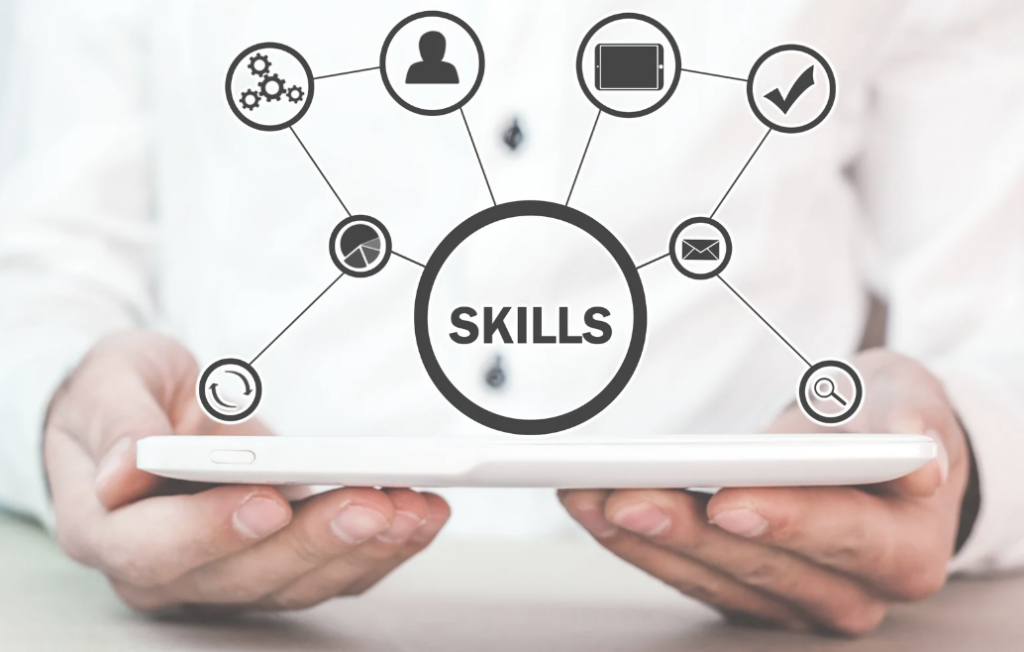There’s no shortage of buzzwords flying around in education right now—AI, digital transformation, automation, innovation… But when you strip all of that back, digital leadership in schools comes down to one simple idea: using technology to make things better—for staff, for pupils, and for the system.

At askKira, we’ve partnered with schools and trusts across the UK—working closely with headteachers, MAT CEOs, and classroom teachers to explore how AI in education and smart digital tools can ease workload, improve outcomes, and support our most vulnerable learners.
We’ve tested, listened, adapted, and grown alongside them. And here’s what we’ve learned so far about what works—and what doesn’t—when it comes to digital leadership in schools.
The DfE’s Digital and Technology Standards encourage schools to adopt tools that are safe, efficient and outcome-focused. But in reality, successful digital transformation in schools starts with leadership—not IT.
Digital leadership means being curious. You don’t need to be an expert—you just need to be willing to try.
AI in schools isn’t a “what if” anymore—it’s already here. The best school leaders are the ones saying:
“Let’s give it a go.”
We’ve seen it over and over again: the best way to build buy-in is not through top-down training—but through play.
We encourage leaders to:
Explore AI tools like askKira personally (e.g. plan a lesson, write a policy, draft a parent letter)
Give your SLT time to experiment—no pressure, no performance
Host “AI playgrounds”—drop-ins, hackathons, or informal staff tasters
This low-stakes exploration builds confidence, curiosity, and trust.
We’re seeing fantastic progress where schools and MATs appoint AI or digital leads—but with a twist.
They’re not always from the IT department.
Instead, look for:
Teachers already experimenting with digital tools
Early adopters who love to share ideas
Staff others naturally turn to for help
Digital leadership is most powerful when it comes from the classroom.
From small primaries to large secondary academies, the number one factor in success is this: if it doesn’t reduce workload, it won’t last.
Teachers are using askKira to:
Instantly plan lessons
Draft emails and behaviour reports
Create scaffolds for SEND learners
Build prior learning assessments
Generate fast, high-quality feedback using KiraMark
The most common feedback?
“It’s like having another pair of hands.”
That’s exactly what we’re aiming for.
You can have the most advanced AI tools in education—but without a positive, open, collaborative culture, they won’t stick.
We’ve seen success when schools:
Create AI working groups/innovation hubs
Share real examples from classroom use
Record and celebrate staff-led hackathons
Are honest about what works—and what doesn’t
Great digital strategy is rooted in human connection.
Yes, we know the DfE is working on updated AI guidance for schools—and it’s important.
But school leaders can’t afford to wait for a perfect framework.
Instead, start with:
Clear boundaries for appropriate use
Built-in safeguarding and moderation features
Tools that are age-appropriate and data-safe
The same caution and care you’d apply to any new classroom practice
Then build from there.
Digital leadership in education isn’t about having all the answers. It’s about going first, giving permission to explore, and creating a safe space to ask,
“What if this worked?”
Because when it does, the impact on teacher wellbeing, student outcomes, and workload reduction can be transformative.
If you’re a school or MAT leader exploring AI in education, improving staff wellbeing, or building smarter ways of working, we’d love to share what’s working (and what we’re still learning).
We’re building this future with you—
one school at a time.
#DigitalLeadership #AIinSchools #TeacherWorkload #DfEGuidance #EdTechUK #MATleaders #SchoolImprovement #askKira